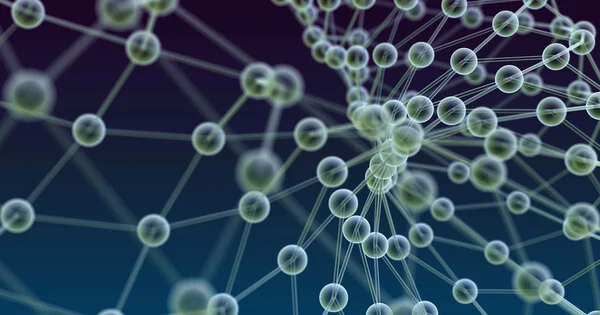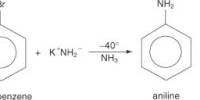Biopolymers are natural polymers created by living organisms’ cells. These are a type of polymer created by living organisms. Biopolymers, like other polymers, are made up of monomeric units that are covalently bound together in chains to produce bigger molecules. They are huge molecules made up of repeated subunits called monomers that are held together by chemical bonds.
Biopolymers are important components of many biological processes and have numerous uses in sectors such as health, agriculture, and materials science. Polynucleotides, polypeptides, and polysaccharides are the three primary kinds of biopolymers, defined according to the monomers employed and the structure of the biopolymer generated.
Polynucleotides, often known as RNA and DNA, are lengthy polymers of nucleotides. Polypeptides are proteins and shorter polymers of amino acids; collagen, actin, and fibrin are some significant examples. Polysaccharides are sugar carbohydrate chains that are linear or branched; examples include starch, cellulose, and alginate. Natural rubbers (polymers of isoprene), suberin and lignin (complex polyphenolic polymers), cutin and cutan (complex polymers of long-chain fatty acids), melanin, and polyhydroxyalkanoates (PHAs) are further examples of biopolymers.
Here are some common types of biopolymers:
- Proteins: Proteins, which are made up of amino acid monomers, are one of the most well-known biopolymers. In living organisms, they perform a variety of roles like as structural support, enzymatic catalysis, and immunological response. Collagen, hemoglobin, and enzymes are a few examples.
- Nucleic Acids: Nucleic acids, which include DNA (deoxyribonucleic acid) and RNA (ribonucleic acid), are biopolymers that store and transfer genetic information. DNA contains the genetic instructions for all known living species’ development, functioning, growth, and reproduction.
- Polysaccharides: Polysaccharides are biopolymers made up of sugar monomers (saccharides). They serve as energy storage molecules (e.g., glycogen and starch) and structural components (e.g., cellulose in plant cell walls and chitin in the exoskeleton of arthropods).
- Lipids: While lipids are not typically considered polymers in the same way as proteins and nucleic acids, they are essential biopolymers composed of fatty acids and glycerol. Lipids play critical roles in cell membranes, energy storage (as triglycerides), and as signaling molecules (e.g., hormones).
- Polypeptides: Polypeptides are short chains of amino acids and can be considered smaller versions of proteins. They play roles in various biological processes and are often precursors to fully functional proteins.
- Biodegradable Polymers: These are synthetic polymers that have been developed to be both biocompatible and biodegradable. They are suitable for use in medical applications such as sutures and drug delivery systems, and are engineered to degrade in the body without causing harm.
- Bioplastics: Bioplastics are a type of biodegradable polymer that can be used in place of standard plastics. They are more environmentally beneficial because they are obtained from renewable sources such as starch, corn, or sugarcane.
Biopolymers have received increased attention due to their sustainable and eco-friendly character, which makes them appropriate for a variety of applications aimed at decreasing environmental effect. Researchers continue to look for innovative ways to employ biopolymers as alternatives to typical synthetic materials in health, agriculture, packaging, and other industries. Biopolymers have applications in numerous industries, including the food industry, manufacturing, packaging, and biomedical engineering, in addition to their many critical roles in living organisms.
















